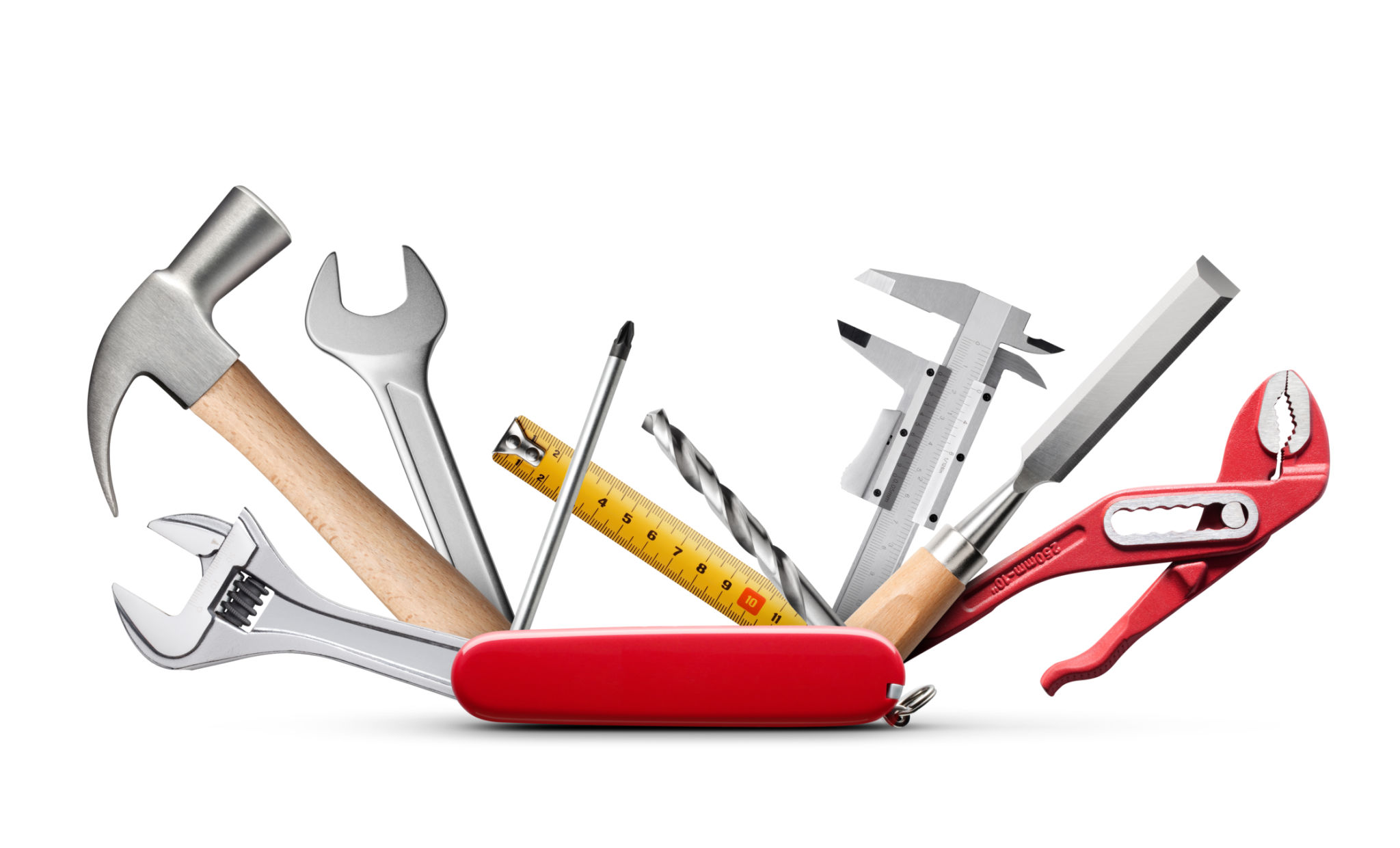Debunking Myths About Knife Sharpening: What Really Works?
Introduction to Knife Sharpening Myths
Knife sharpening is an essential skill for any kitchen enthusiast. However, there are numerous myths surrounding the process that can lead to confusion and poor results. Understanding what truly works can help you maintain your knives effectively and safely.

Myth 1: Sharpening and Honing Are the Same
One of the most common misconceptions is that sharpening and honing are interchangeable terms. Sharpening involves removing material from the blade to create a new edge, while honing realigns the existing edge without removing metal. Honing should be done regularly, while sharpening is needed less frequently.
Myth 2: A Sharper Knife Is More Dangerous
It's a common belief that sharper knives pose a higher risk of injury, but the opposite is often true. A dull knife requires more force to cut through food, increasing the chance of slipping and causing an accident. A sharp knife allows for more precise cuts with less effort, making it safer to use.

Myth 3: Any Sharpening Method Will Do
Not all sharpening methods are created equal. Tools such as pull-through sharpeners can be convenient, but they may not provide the same quality edge as a whetstone or professional sharpening service. Whetstones offer the most control and precision, allowing for a customized edge that suits your cutting needs.
Myth 4: You Can Sharpen Knives With Any Stone
While it might be tempting to use any stone available, using a proper whetstone is crucial. Whetstones come in various grits, and selecting the right one depends on the condition of your knife's edge. Using a stone that's too coarse or too fine can result in an uneven edge.

Myth 5: More Pressure Equals Better Sharpening
Another prevalent myth is that applying more pressure while sharpening will yield better results. In reality, excessive pressure can damage the blade and stone. A gentle, consistent pressure is key to achieving a sharp edge without causing harm.
Conclusion: Embracing Effective Techniques
Debunking these myths allows for more effective knife maintenance, ensuring your tools remain sharp and safe to use. By understanding the differences between sharpening and honing, selecting the right tools, and applying proper techniques, you can keep your knives in top condition.
